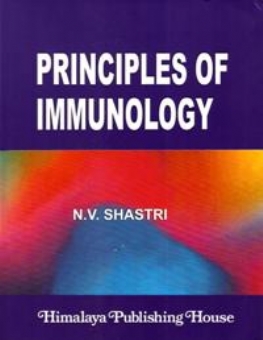The science of Immunology, initially considered a part of microbiology, did not become an independent discipline foe a long time. It was quite natural because the story did begin with the vaccines against infectious diseases. The discovery of the antibody molecule in the last decade of the nineteen century created tremendous interest not only for medical scientists but also for physicists, chemists, biologists etc., without whose efforts the subject would not have become as what it is today.
Immunology made steady progress until 1960, by which time landmark discoveries such as blood groups, major histocompatibility complex and elucidation of the structure of the antibody molecule were made, and several sensitive serological techniques were invented. However, an explosive growth has taken place since 1960s. Cellular and molecular basis of immune-responses has been significantly elucidated; and monoclonal antibody technology, which has revolutionized all biology, has been made available. To be sure, parallel advances in molecular biology have made this tremendous progress possible.
| Book Content of Principles of Immunology | |
| 1. NATURAL IMMUNITY 2. ADAPTIVE IMMUNITY IMMUNOCHEMISTRY 3. IMMUNOGLOBULINS (ANTIBODIES) 4. CELL AND ORGANS INVOLVED IN IMMUNE MECHANISMS 5. GENETIC BASIS OF IMMUNE RESPONSE / THE MHC 6. CYTOKINES 7. IMMUNE RESPONSES : CELLULAR AND MOLECULAR MECHANISMS 8. IMMUNITY TO INVADING ORGANISMS 9. MONOCLONAL ANTIBODIES : THE HYBRIDOMA TECHNOLOGY 10. IMMUNE NETWORKS 11. COMPLEMENT 12. HYPERSENSITIVITY 13. IMMUNOLOGICAL TOLERANCE 14. AUTOIMMUNITY 15. TRANSPLANTATION IMMUNOLOGY 16. TUMOR IMMUNOLOGY 17. IMMUNODEFICIENCY 18. IMMUNOSTIMULATION AND VACCINATION APPENDIX − I APPENDIX − II APPENDIX − III APPENDIX − IV APPENDIX − V |
|







